Portal:Horses/Selected picture
Usage
The layout design for these subpages is at Portal:Horses/Selected picture/Layout.
- Add a new selected picture to the next available subpage.
- Update "max=" to new total for its {{Random portal component}} on the main page.
Selected pictures list
1 - 20
Portal:Horses/Selected picture/1

The
Portal:Horses/Selected picture/2

A
Portal:Horses/Selected picture/3

Mounted police in Australia. Mounted officers serve in remote areas and in metropolitan areas where their day-to-day function may be picturesque or ceremonial.
Portal:Horses/Selected picture/4
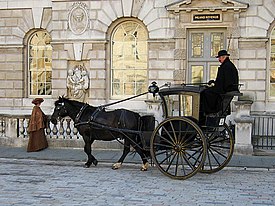
Hansom cab and driver. A hansom cab is a kind of horse-drawn carriage designed and patented in 1834 by Joseph Hansom, an architect from York. Originally known as the Hansom safety cab, its purpose was to combine speed with safety, with a low centre of gravity that was essential for safe cornering.
Portal:Horses/Selected picture/5
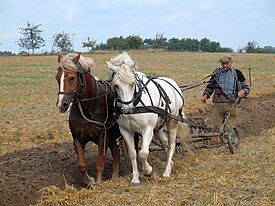
A
Portal:Horses/Selected picture/6

A huaso in Chile. A huaso is a Chilean countryman and skilled horseman, similar to the Argentinian or Uruguayan gaucho, the American cowboy, and Mexican vaquero and charro.
Portal:Horses/Selected picture/7

Horses are able to sleep both standing up and lying down. Horses sleep better when in groups because some animals will sleep while others stand guard to watch for predators. A horse kept alone will not sleep well because its instincts are to keep a constant eye out for danger.
Portal:Horses/Selected picture/8

An Icelandic horse near Krýsuvík. The Icelandic horse is a breed of horse developed in Iceland. The breed develops late, but is long-lived and hardy. The Icelandic displays five gaits, rather than the typical three displayed by most other breeds. The breed is popular outside of Iceland, with sizable populations in Europe and North America.
Portal:Horses/Selected picture/9
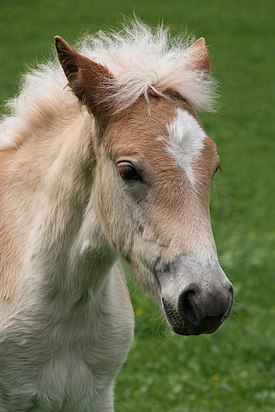
A
Portal:Horses/Selected picture/10

A
Portal:Horses/Selected picture/11

This
Portal:Horses/Selected picture/12

A
Portal:Horses/Selected picture/13

A 1900 photograph of three Piegan (
Portal:Horses/Selected picture/14

An animated sequence of a horse galloping. The gallop is the fastest gait of the horse and in the wild is used when the animal needs to flee from predators or simply cover short distances quickly.
Portal:Horses/Selected picture/15

Dun horses at Erlebnispark Tripsdrill, Germany
Portal:Horses/Selected picture/16
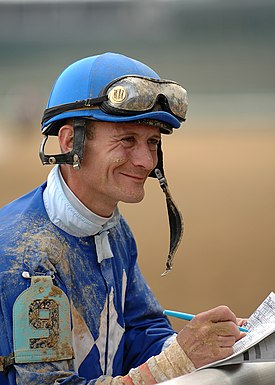
Jockey Calvin Borel after a race at Churchill Downs.
Portal:Horses/Selected picture/17

The
Portal:Horses/Selected picture/18

A shepherd in Kazakhstan, who uses a horse and dogs in his trade.
Portal:Horses/Selected picture/19
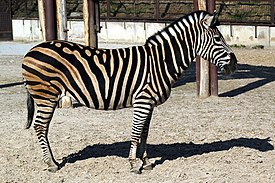
Portal:Horses/Selected picture/20

20 - 40
Portal:Horses/Selected picture/21

Chapman's Zebra, a subspecies of the
Portal:Horses/Selected picture/22

Anatomy of a horse from a 9th century AH (15th century AD) Egyptian document at the University Library, Istanbul.
Portal:Horses/Selected picture/23

Thoroughbred horse racing in Germany on a turf race course
Portal:Horses/Selected picture/24

A three week old donkey foal. (Equus asinus)
Portal:Horses/Selected picture/25

A female
) used for breeding are called jacks.Portal:Horses/Selected picture/26

Close-up image of the quadriga (four-horse chariot) on top of the Brandenburg Gate in Berlin, Germany. The sculpture was produced by Johann Gottfried Schadow in 1793.
Portal:Horses/Selected picture/27

The
Portal:Horses/Selected picture/28 Portal:Horses/Selected picture/28
Portal:Horses/Selected picture/29 Portal:Horses/Selected picture/29
Portal:Horses/Selected picture/30 Portal:Horses/Selected picture/30
Nominations
Feel free to add pictures related to horses that have been accepted as Featured Pictures from the English WP or Featured or Valued Images from Commons.
